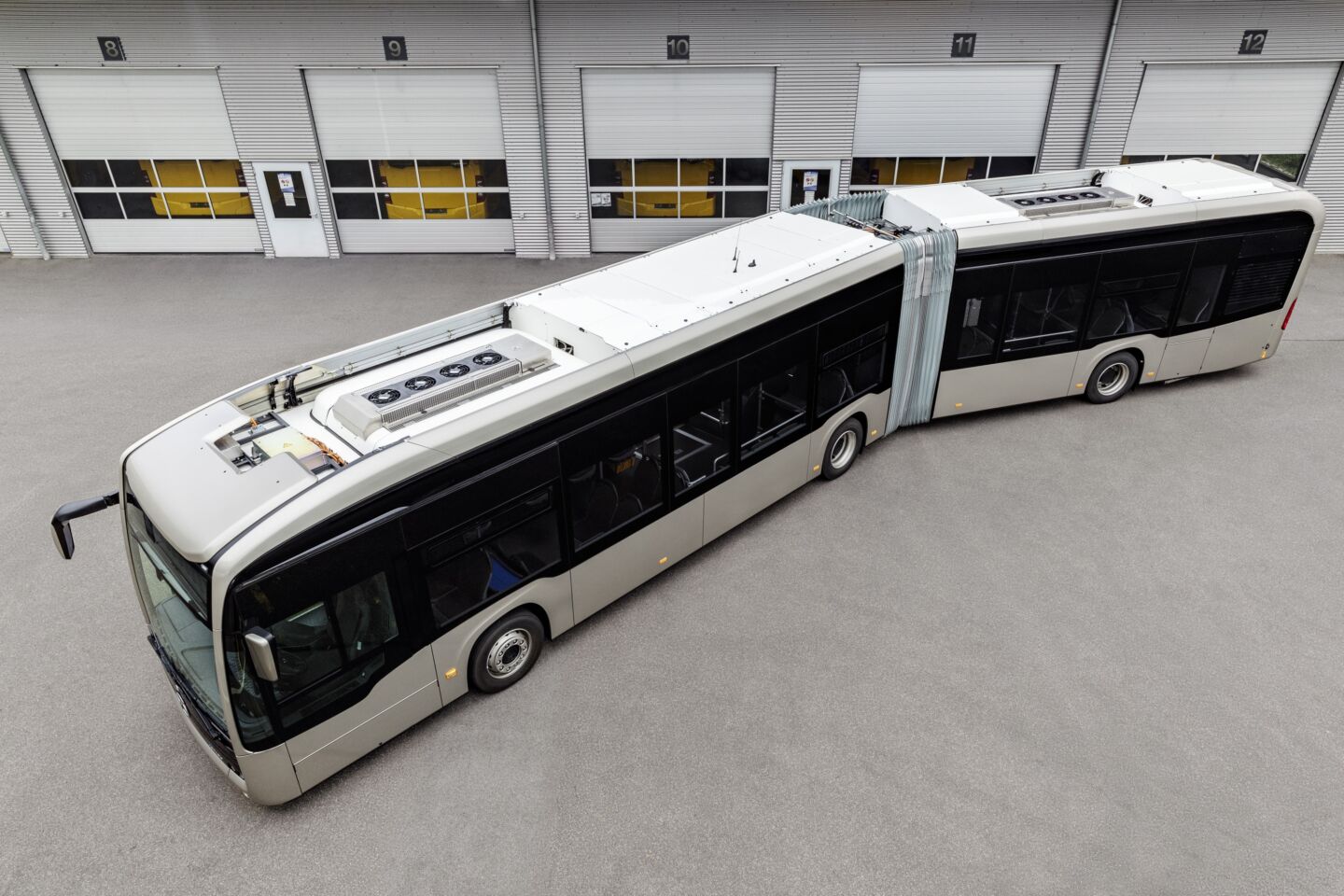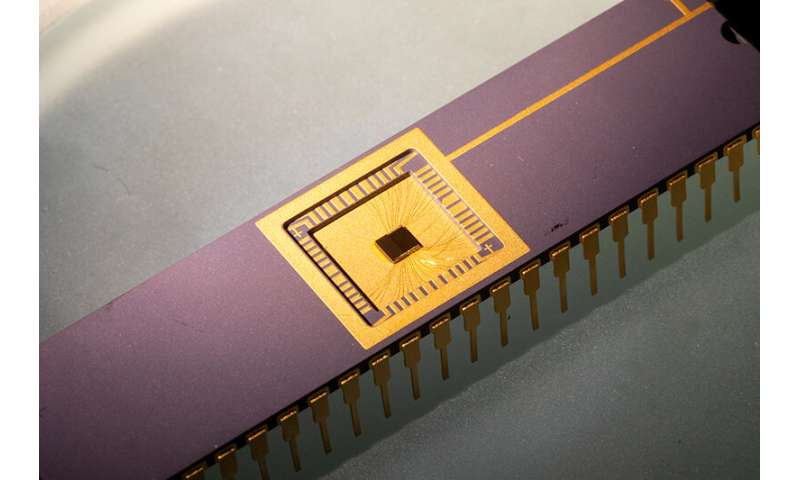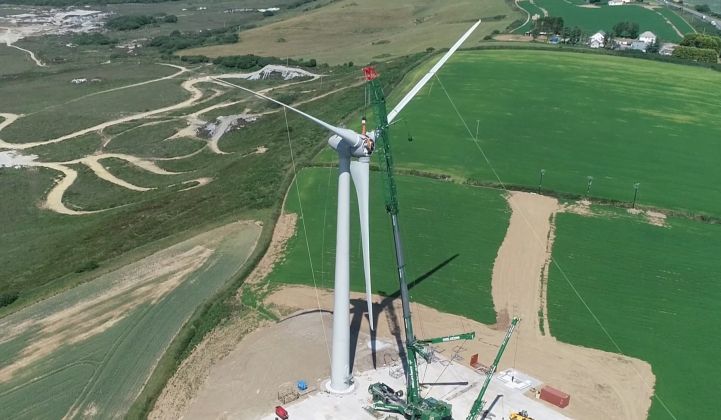|
When we are talking about high voltage
demonstrations of wireless power transmission, a Wardenclyffe
Tower experiment attempting to reproduce Nikola Tesla’s 100-year
old setup on Long Island is an exciting event to witness. Here is
a short video with a high power mega Tesla Coil (8 minute
video) https://www.youtube.com/watch?v=QdZIuB9K6zE from
the LightningonDemand team. What a powerful show. Maybe we will
have to invite them to next year’s TeslaTech conference in New
Mexico www.teslatech.info
Our Story #1 is a real breakthrough with a
demonstration of the first room temperature superconductor at
59°F. Though it works only at high pressure still makes this a
landmark discovery by the University of Rochester, as reported in
Nature magazine https://www.nature.com/articles/s41586-020-2801-z .
Story #2
shows us that better Lithium-ion batteries are on their way.
Mercedes has 25% higher density with new solid-state batteries
mounted on the roof of their busses. It is still using lithium
but a more complex molecule called a “sulfide superionic conductor”,
which reaches supercapacitor rates
as
reported also in Nature Energy magazine http://dx.doi.org/10.1038/NENERGY.2016.30 .
Story #3
could have been the lead story this month since it also has a
breakthrough which, in my mind, offers even more potential
benefit for long-term electrical energy production with a
compact, solid-state circuit. Using a scanning tunneling
microscope (STM), the University of Arkansas has harvested the
energy demonstrated by free-standing graphene as it demonstrates
constant out-of-plane random movement. Surprisingly, they propose
that using a single diode in the circuit to rectify the current
would violate the Second Law of Thermodynamics but having TWO
diodes back to back somehow overcomes that objection since it
allows the energy to go in both directions as seen in their
February 2020 Physical Review E
article However, this is just what Nikola Tesla did to
bring AC (alternating current) to the market and it shows how to
double the output of such a system in a practical way. While the
February publication is a nice short one, their October 2020
Phys. Rev. E “Fluctuation-induced current from freestanding
graphene” is a larger, more complete discussion of the
experiment https://journals.aps.org/pre/abstract/10.1103/PhysRevE.102.042101 with
lots of intriguing suggestions like “the rate of change of diode
resistance significantly boosts the output power.”
Story #4
offers an interesting bioenergetics treatment for type 2 diabetes
with electrotherapy. Researchers at the University of Iowa have
found that static magnetic and electric fields are beneficial for
such treatment by promoting a healthier systemic redox
environment that is reducing instead of oxidizing and rapidly
ameliorates insulin resistance and glucose tolerance, as reported
in Cell Metabolism https://doi.org/10.1016/j.cmet.2020.09.012.
Story #5
gives us an insight into the politics of wind power. Cornwall
England apparently has been a barrier against wind power with no
recent subsidies for it and planning restrictions that make it
difficult, even though it is one of the windiest regions in the
UK. Now a single wind turbine may prove that wind power can still
help with a clean energy portfolio, which will power 1500 homes.
We look forward to more stories breaking on this topic.
|
|
1) Physicist Discover First Room Temperature
Superconductor
|
|
|
|
Quanta
Magazine October 2020
A team
of physicists in New York has discovered a material that conducts
electricity with perfect efficiency at room temperature — a
long-sought scientific milestone. The hydrogen, carbon and sulfur
compound operates as a superconductor at up to 59 degrees
Fahrenheit, the team reported today in Nature. That’s more than
50 degrees hotter than the previous high-temperature
superconductivity record set last year. “This is the first time
we can really claim that room-temperature superconductivity has
been found,” said Ion Errea, a condensed matter theorist at the
University of the Basque Country in Spain who was not involved in
the work.
|
|
|
2) Mercedes Benz New Electric City Bus Runs on Solid
State Batteries
|
|
|
|
Mercedes-Benz
just announced that its new eCitaro and eCitaro G city buses will
be available with roof-mounted solid-state battery packs, developed
in conjunction with the Canadian power company Hydro Quebec.
Although
details are still rather limited right now, Mercedes-Benz says
that the solid-state pack has a 25-percent higher energy density
than even the most advanced lithium-ion chemistry. It also says
that the solid-state battery has a much better service life than
lithium-ion and is warrantying these batteries for 10 years or an
energy throughput of 280MWh. When configured with a total of
441kWh onboard (composed of seven 63kWh packs), an eCitaro G has a
range of up to 137 miles (220km) under favorable conditions, or
105 miles (170km) in the depth of winter with the bus's heaters
running.
|
|
3) Physicists Build a Circuit from Graphene that
Generates Limitless Power
|
|
|
|
An
energy-harvesting circuit based on graphene could be incorporated
into a chip to provide clean, limitless, low-voltage power for
small devices or sensors," said Paul Thibado, professor of
physics and lead researcher in the discovery. The findings,
published in the journal Physical Review E, are proof of a theory
the physicists developed at the U of A three years ago that
freestanding graphene—a single layer of carbon atoms—ripples and
buckles in a way that holds promise for energy harvesting.
|
|
4) Exposure to Electricity & Magnetism Treat
Diabetes Type 2
|
|
|
|
Exposure to
magnetic and static electric fields for a few hours can keep blood
sugar levels in check without the need for medication or direct
intervention, the paper explains. Type 2 diabetes is characterized
by unsafe levels of sugars in the blood, and as such, the methods
described in this study can help manage the condition.
For now,
the findings have only been confirmed in lab mice, so we still don’t
know if they hold true for humans as well. However, the team is hopeful
that they do, which will provide us with a new, non-invasive means
of managing the disease, especially for patients who are having
trouble with current treatment options.
|
|






